LZ 今天自己搭建了下 Spring boot+Mybatis,比原来的 Spring+SpringMVC+Mybatis 简单好多。其实只用 Spring boot 也可以开发,但是对于多表多条件分页查询,Spring boot 就有点力不从心了,所以 LZ 把 Mybatis 整合进去,不得不说,现在的框架搭建真的是方便。话不多说,进入正题。
一、java web 开发环境搭建
网上有很多教程,参考教程:http://www.cnblogs.com/Leo_wl/p/4752875.html
二、Spring boot 搭建
1、Intellij idea 菜单栏 File->new->project。
2、选择左侧栏中 spring initializr,右侧选择 jdk 版本,以及默认的 Service URL,点击 next。
3、然后填写项目的 Group、Artifact 等信息,helloworld 阶段选默认就可以了,点击 next。
4、左侧点击 Web,中间一侧选择 Web,然后左侧选择 SQL,中间一侧选择 JPA、Mybatis、MYSQL(LZ 数据库用的是 mysql,大家可以选择其他 DB),点击 next。
5、填写 Project name 等信息,然后点击 Finish。
至此,一个 maven web 项目就创建好了,目录结构如下:
这样,Spring boot 就搭建好了,pom.xml 里已经有了 Spring boot 的 jar 包,包括我们的 mysql 数据连接的 jar 包。Spring boot 内置了类似 tomcat 这样的中间件,所以,只要运行 DemoApplication 中的 main 方法就可以启动项目了。我们测试一下。
在 src/main/java 下新建目录 com/demo/entity/User。
package com.demo.entity;
public class User { private String name;
public String getName() { return name; }
public void setName(String name) { this.name = name; }}
复制代码
相同目录下新建 com/demo/controller/TestBootController。
package com.demo.controller;
import com.demo.entity.User;import org.springframework.boot.autoconfigure.EnableAutoConfiguration;import org.springframework.web.bind.annotation.RequestMapping;import org.springframework.web.bind.annotation.RestController;
@RestController@EnableAutoConfiguration@RequestMapping("/testboot")public class TestBootController { @RequestMapping("getuser") public User getUser() { User user = new User(); user.setName("test"); return user; }}
复制代码
spring boot 启动 DemoAplication 是需要扫描它下面的 Controller 等类的,所以将 DemoApplication 移动到 com/demo 目录下。还有就是 Spring boot 启动默认是要加载数据源的,所以我们在 src/main/resources 下新建 application.yml:
#默认使用配置spring: profiles: active: dev
#公共配置与profiles选择无关mybatis: typeAliasesPackage: com.xdd.entity mapperLocations: classpath:mapper/*.xml
---
#开发配置spring: profiles: dev
datasource: url: jdbc:mysql://localhost:3306/test username: root password: root driver-class-name: com.mysql.jdbc.Driver
复制代码
或者将 pom.xml 中加载数据源的 jar 包先注释掉也可以。
/*<dependency> <groupId>org.mybatis.spring.boot</groupId> <artifactId>mybatis-spring-boot-starter</artifactId> <version>1.3.0</version></dependency>*/
复制代码
最终的目录结构如下,
启动 DemoApplication 的 main 方法,访问 http://localhost:8080/testboot/getuser 即可。
三、整合 Mybatis
1、集成 druid,使用连接池。pom.xml 中添加:
<dependency> <groupId>com.alibaba</groupId> <artifactId>druid</artifactId> <version>1.1.0</version></dependency>
复制代码
最终的 pom.xml 文件:
<?xml version="1.0" encoding="UTF-8"?><project xmlns="http://maven.apache.org/POM/4.0.0" xmlns:xsi="http://www.w3.org/2001/XMLSchema-instance" xsi:schemaLocation="http://maven.apache.org/POM/4.0.0 http://maven.apache.org/xsd/maven-4.0.0.xsd"> <modelVersion>4.0.0</modelVersion>
<groupId>com.arm</groupId> <artifactId>demo</artifactId> <version>0.0.1-SNAPSHOT</version> <packaging>jar</packaging>
<name>demo</name> <description>Demo project for Spring Boot</description>
<parent> <groupId>org.springframework.boot</groupId> <artifactId>spring-boot-starter-parent</artifactId> <version>1.5.8.RELEASE</version> <relativePath/> <!-- lookup parent from repository --> </parent>
<properties> <project.build.sourceEncoding>UTF-8</project.build.sourceEncoding> <project.reporting.outputEncoding>UTF-8</project.reporting.outputEncoding> <java.version>1.8</java.version> </properties>
<dependencies> <dependency> <groupId>org.springframework.boot</groupId> <artifactId>spring-boot-starter-data-jpa</artifactId> </dependency> <dependency> <groupId>org.mybatis.spring.boot</groupId> <artifactId>mybatis-spring-boot-starter</artifactId> <version>1.3.1</version> </dependency> <dependency> <groupId>org.springframework.boot</groupId> <artifactId>spring-boot-starter-web</artifactId> </dependency>
<dependency> <groupId>mysql</groupId> <artifactId>mysql-connector-java</artifactId> <scope>runtime</scope> </dependency> <dependency> <groupId>org.springframework.boot</groupId> <artifactId>spring-boot-starter-test</artifactId> <scope>test</scope> </dependency>
<dependency> <groupId>com.alibaba</groupId> <artifactId>druid</artifactId> <version>1.1.0</version> </dependency>
</dependencies>
<build> <plugins> <plugin> <groupId>org.springframework.boot</groupId> <artifactId>spring-boot-maven-plugin</artifactId> </plugin> </plugins> </build>
</project>
复制代码
在 application.yml 中添加数据源、Mybatis 的实体和配置文件位置。
#默认使用配置spring: profiles: active: dev
#公共配置与profiles选择无关 mapperLocations指的路径是src/main/resourcesmybatis: typeAliasesPackage: com.xdd.entity mapperLocations: classpath:mapper/*.xml
---
#开发配置spring: profiles: dev
datasource: url: jdbc:mysql://localhost:3306/test username: root password: root driver-class-name: com.mysql.jdbc.Driver # 使用druid数据源 type: com.alibaba.druid.pool.DruidDataSource
复制代码
就这样就整合完成了!我们测试一下。
用 MyBatis Generator 自动生成代码,这里列一下自动生成的代码。
import com.xdd.entity.User;import org.springframework.stereotype.Component;
public interface UserDao { int deleteByPrimaryKey(Integer id);
int insert(User record);
int insertSelective(User record);
User selectByPrimaryKey(Integer id);
int updateByPrimaryKeySelective(User record);
int updateByPrimaryKey(User record);}
复制代码
UserMapper.xml
<?xml version="1.0" encoding="UTF-8" ?><!DOCTYPE mapper PUBLIC "-//mybatis.org//DTD Mapper 3.0//EN" "http://mybatis.org/dtd/mybatis-3-mapper.dtd" ><mapper namespace="com.xdd.dao.UserDao" > <resultMap id="BaseResultMap" type="com.xdd.entity.User" > <id column="id" property="id" jdbcType="INTEGER" /> <result column="user_name" property="userName" jdbcType="VARCHAR" /> <result column="password" property="password" jdbcType="VARCHAR" /> <result column="age" property="age" jdbcType="INTEGER" /> </resultMap> <sql id="Base_Column_List" > id, user_name, password, age </sql> <select id="selectByPrimaryKey" resultMap="BaseResultMap" parameterType="java.lang.Integer" > select <include refid="Base_Column_List" /> from user_t where id = #{id,jdbcType=INTEGER} </select> <delete id="deleteByPrimaryKey" parameterType="java.lang.Integer" > delete from user_t where id = #{id,jdbcType=INTEGER} </delete> <insert id="insert" parameterType="com.xdd.entity.User" > insert into user_t (id, user_name, password, age) values (#{id,jdbcType=INTEGER}, #{userName,jdbcType=VARCHAR}, #{password,jdbcType=VARCHAR}, #{age,jdbcType=INTEGER}) </insert> <insert id="insertSelective" parameterType="com.xdd.entity.User" > insert into user_t <trim prefix="(" suffix=")" suffixOverrides="," > <if test="id != null" > id, </if> <if test="userName != null" > user_name, </if> <if test="password != null" > password, </if> <if test="age != null" > age, </if> </trim> <trim prefix="values (" suffix=")" suffixOverrides="," > <if test="id != null" > #{id,jdbcType=INTEGER}, </if> <if test="userName != null" > #{userName,jdbcType=VARCHAR}, </if> <if test="password != null" > #{password,jdbcType=VARCHAR}, </if> <if test="age != null" > #{age,jdbcType=INTEGER}, </if> </trim> </insert> <update id="updateByPrimaryKeySelective" parameterType="com.xdd.entity.User" > update user_t <set > <if test="userName != null" > user_name = #{userName,jdbcType=VARCHAR}, </if> <if test="password != null" > password = #{password,jdbcType=VARCHAR}, </if> <if test="age != null" > age = #{age,jdbcType=INTEGER}, </if> </set> where id = #{id,jdbcType=INTEGER} </update> <update id="updateByPrimaryKey" parameterType="com.xdd.entity.User" > update user_t set user_name = #{userName,jdbcType=VARCHAR}, password = #{password,jdbcType=VARCHAR}, age = #{age,jdbcType=INTEGER} where id = #{id,jdbcType=INTEGER} </update></mapper>
复制代码
public class User { private Integer id;
private String userName;
private String password;
private Integer age;
public Integer getId() { return id; }
public void setId(Integer id) { this.id = id; }
public String getUserName() { return userName; }
public void setUserName(String userName) { this.userName = userName == null ? null : userName.trim(); }
public String getPassword() { return password; }
public void setPassword(String password) { this.password = password == null ? null : password.trim(); }
public Integer getAge() { return age; }
public void setAge(Integer age) { this.age = age; }}
复制代码
最后将 DemoApplication.java 修改一下,让其扫描 dao 层接口。
import org.mybatis.spring.annotation.MapperScan;import org.springframework.boot.SpringApplication;import org.springframework.boot.autoconfigure.SpringBootApplication;import org.springframework.boot.web.support.SpringBootServletInitializer;
@SpringBootApplication@MapperScan("com.xdd.dao")public class DemoApplication extends SpringBootServletInitializer{ public static void main(String[] args) { SpringApplication.run(DemoApplication.class,args); }}
复制代码
自己添加 controller 和 service
import java.util.List;import java.util.Map;
public interface UserService { public User getUserById(int userId);
boolean addUser(User record);
}
复制代码
import org.springframework.beans.factory.annotation.Autowired;import org.springframework.stereotype.Service;
import javax.annotation.Resource;import java.util.List;import java.util.Map;
@Service("userService")public class UserServiceImpl implements UserService {
@Resource private UserDao userDao;
public User getUserById(int userId) { return userDao.selectByPrimaryKey(userId); }
public boolean addUser(User record){ boolean result = false; try { userDao.insertSelective(record); result = true; } catch (Exception e) { e.printStackTrace(); }
return result; }
}
复制代码
@Controller@RequestMapping("/user")public class UserController { @Resource private UserService userService;
@RequestMapping("/showUser") @ResponseBody public User toIndex(HttpServletRequest request, Model model){ int userId = Integer.parseInt(request.getParameter("id")); User user = this.userService.getUserById(userId); return user; }
}
复制代码
浏览器访问 http://localhost:8080/user/showUser?id=1
测试成功!!!
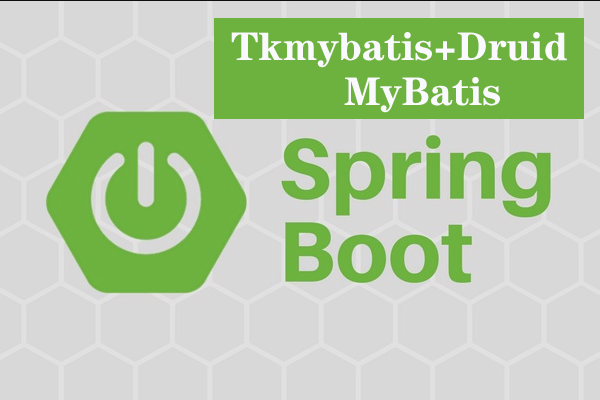
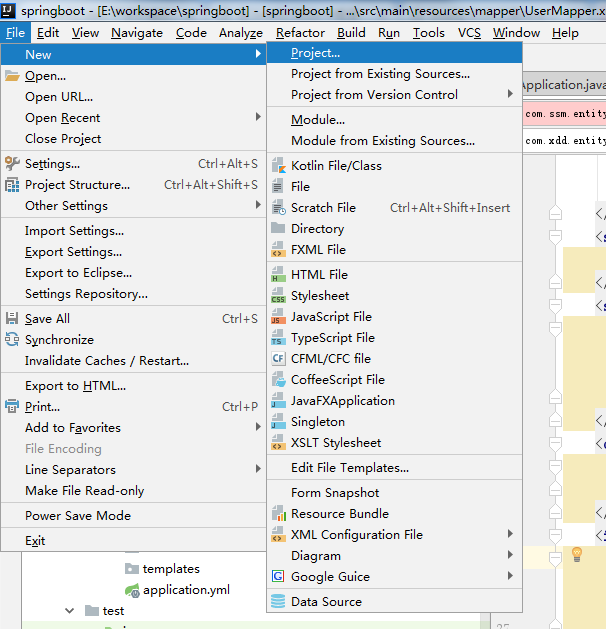
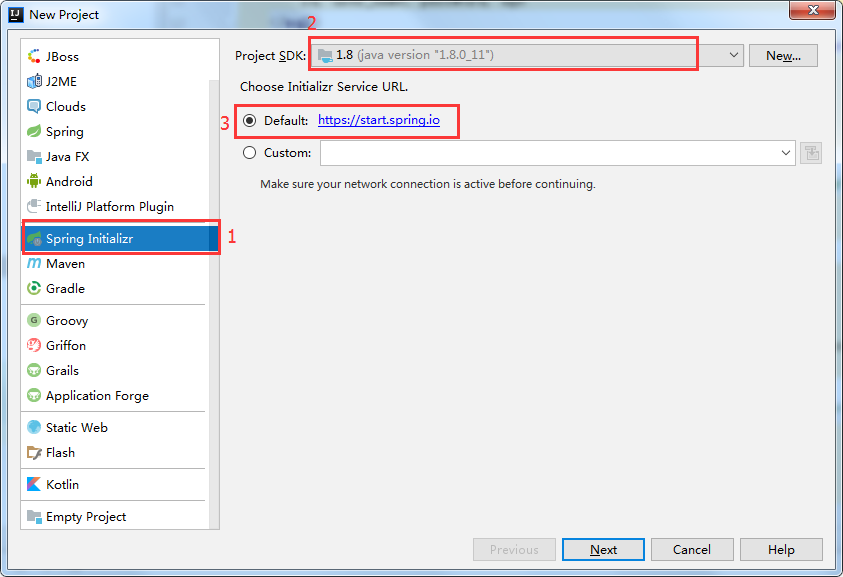
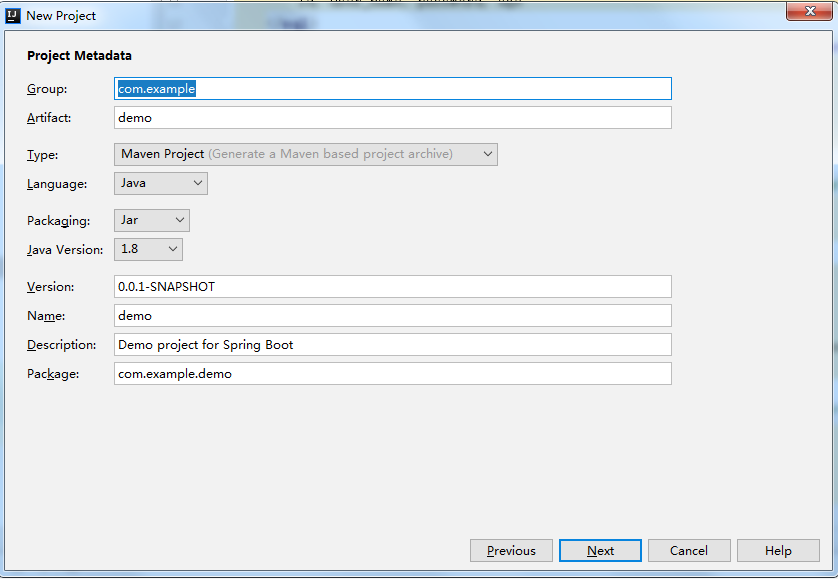
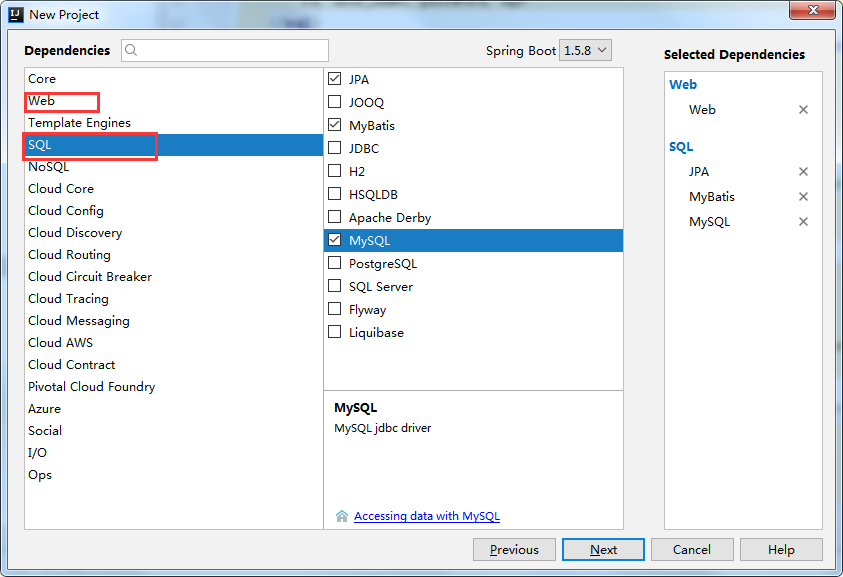
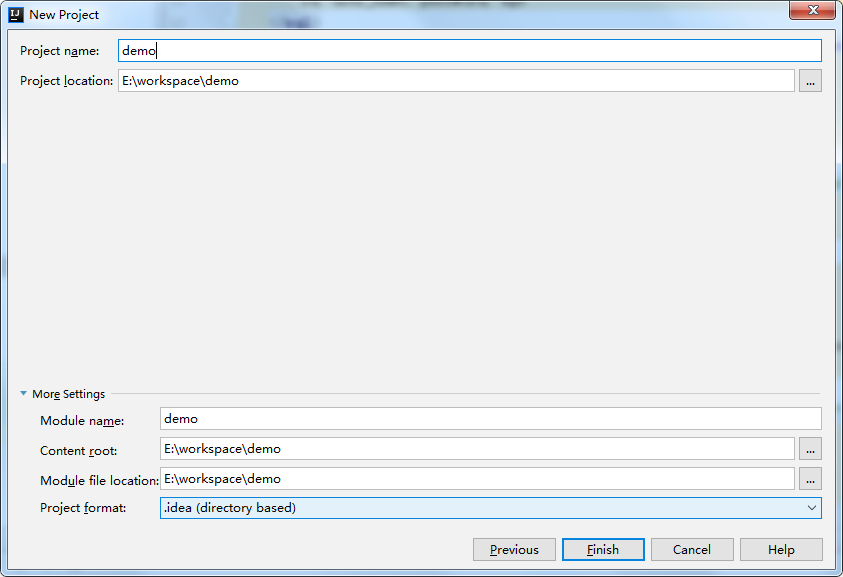
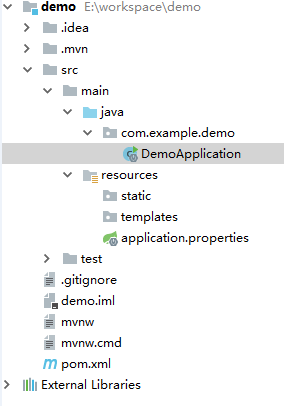
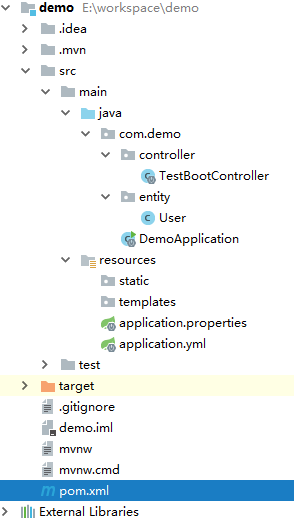











评论